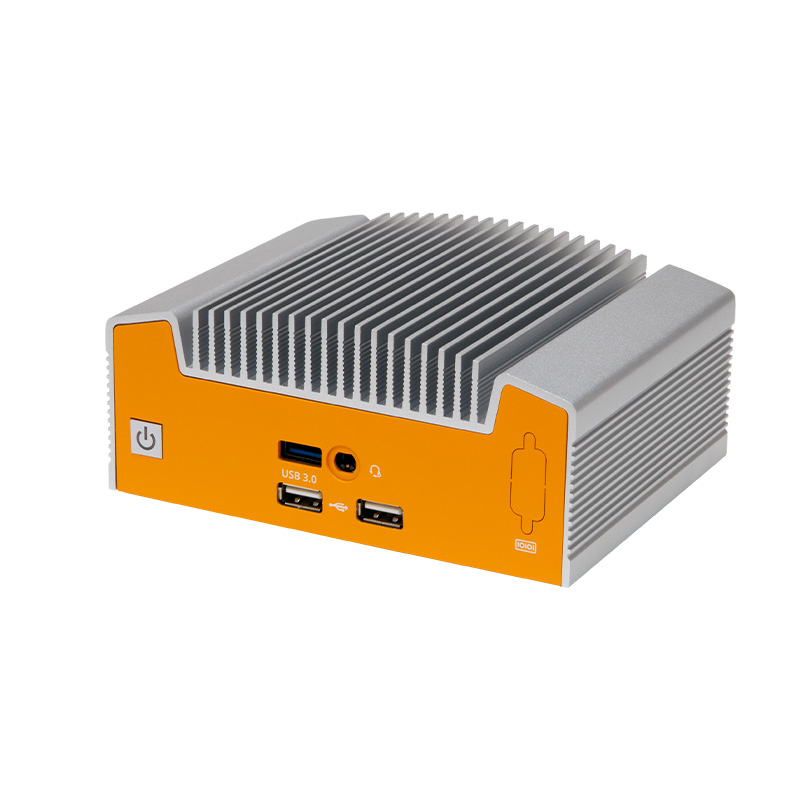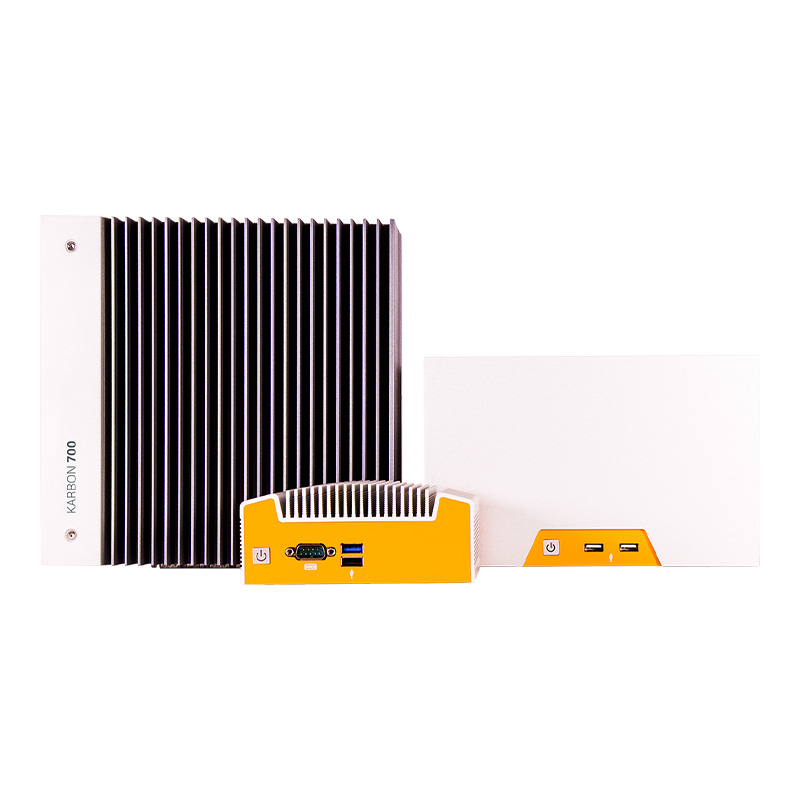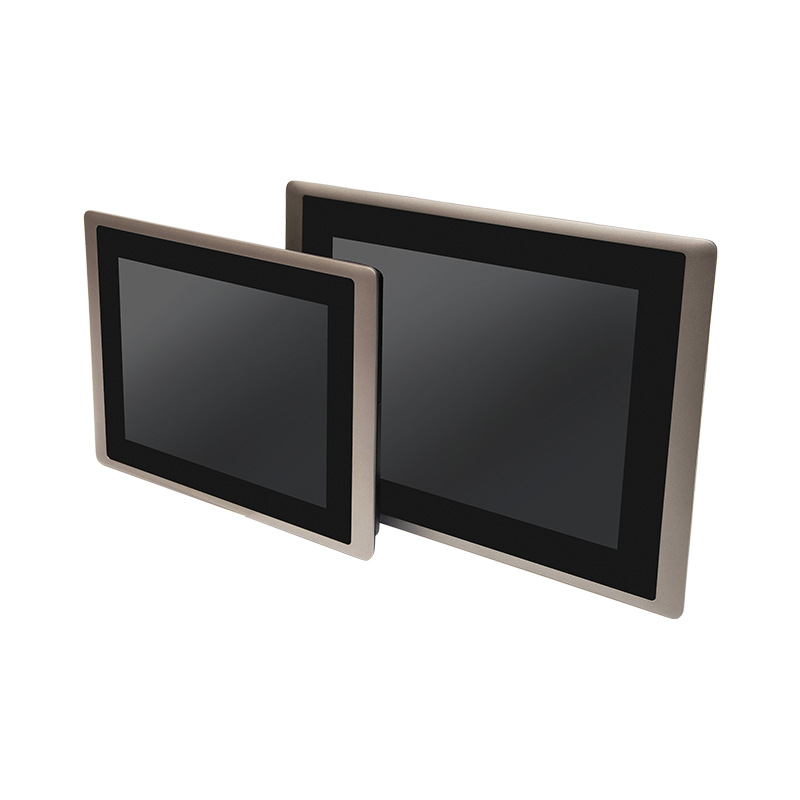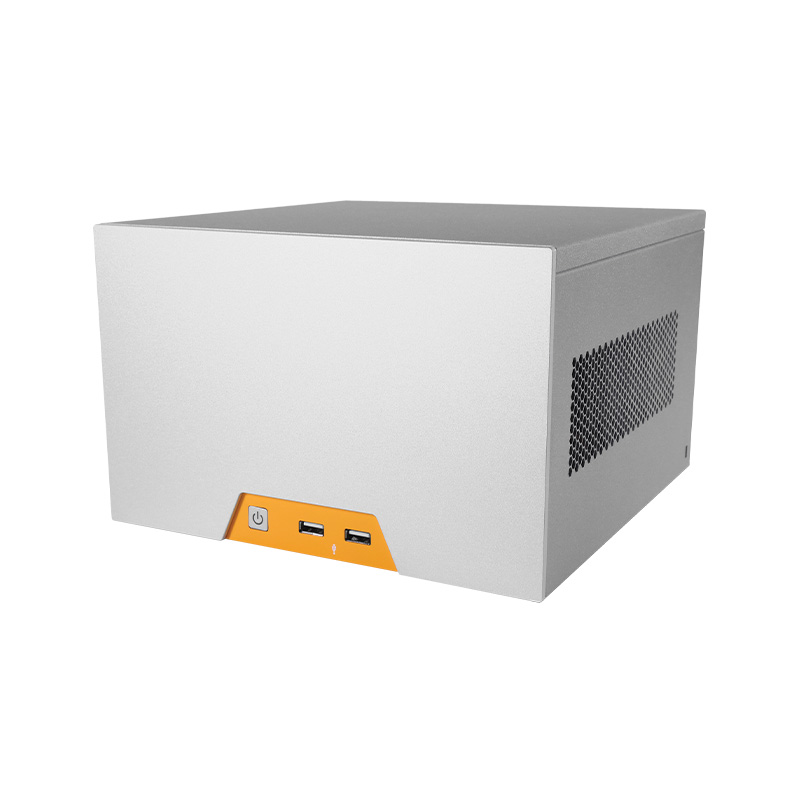Equipment downtime is a key concern for any business that relies on machines. In some industries, downtime can be particularly painful to bear. According to a study from Senseye — a leading machine health management company — “Mining, metals and other heavy-industrial companies lose 23 hours per month of production time to machine failures, at the cost of $187,500 per hour”. This equates to 1.2 million unplanned downtime hours a year, costing companies in this sector $225 billion cumulatively. As a result, the study also found that 87% of large manufacturing and industrial firms collected at least some of the data that can be used to support predictive maintenance.

Raw materials handling conveyor belts take a lot of abuse. Flasheye monitoring solutions help identify deviations from normal operation and avoid failures.
That's where 3D LiDAR monitoring specialist, Flasheye, comes in. LiDAR is an acronym for “light detection and ranging.” It is sometimes called “laser scanning” or “3D scanning.” This active sensing technology measures relative distance using millions of laser pulses per second reflected back from objects within the sensor's field of view. It's a powerful technology to identify production anomalies and prevent stoppages, malfunctions, and accidents.
The value of rugged technology in raw material mining
The raw material mining industry relies on very high-volume, continuous production to realize efficient return on their investments. Mining companies manage huge amounts of raw material and frequently operate 24 hours a day, often in some of the harshest environmental conditions imaginable that include airborne dust or chemicals, vibrations, and extreme temperatures.
For example, in northern Sweden near where Flasheye is based, temperatures have been recorded as low as -42.3°C (-44.1°F). Because the area is north of the Polar Circle, polar night stretches from December 11 to January 1st, meaning the sun never rises. Mining technology solutions for these types of conditions necessitates the use of components and computers specifically engineered for industrial applications.
Benefits of a predictive maintenance strategy
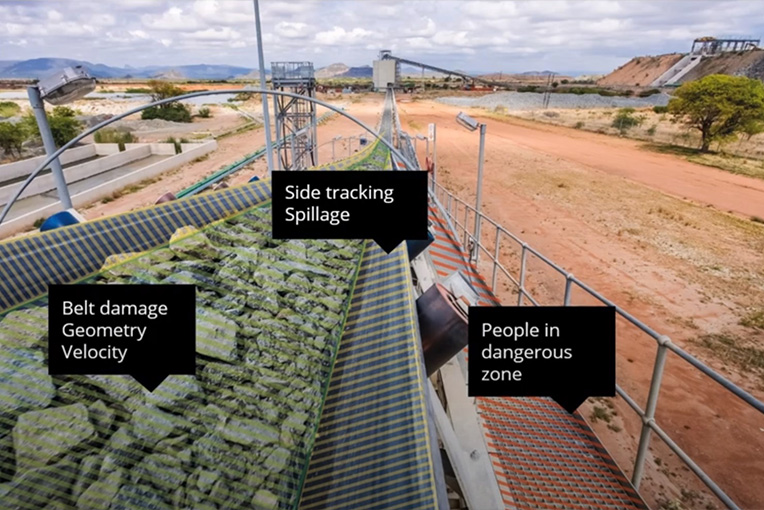
Flasheye employs digital LiDAR sensors from Ouster, combined with OnLogic computers and their own software to monitor conveyor operation.
Not only is downtime financially costly, but equipment failures also present risks to workers, both when the damage occurs and during repairs. This has led mining companies to implement predictive maintenance programs. The goal is to avoid any deviation in production standards that might cause critical consequences for their production, people, or the environment.
"The conveyor belts used for material transportation are one of the most common causes of production variances, unplanned stops, and safety risks," says Flasheye COO, Ida Rehnström. "With 3D LiDAR, we can monitor both the material — including size distribution, foreign objects, volume, leakages — and any unexpected belt sidetracking or movement deviations."
Using real time data and analysis, Flasheye 3D LiDAR technology detects unexpected changes when compared to standard operation models. The unexpected changes could signify spillage or that a piece of equipment needs servicing, for example. The system works in complete darkness as well as direct sunlight, allowing for installation wherever it's needed; a critical feature for the mining industry.
Efficient LiDAR data handling
One of the challenges that Flasheye initially faced in building their solution was managing the large amount of data 3D LiDAR generates. Data handling for their customers needed to be fast enough to ensure that information could be processed in near real time, particularly for safety-critical applications. LiDAR sensors have no inherent data processing capacity, leading Flasheye to develop an LPU (LiDAR Processing Unit) based on OnLogic Industrial Computers.
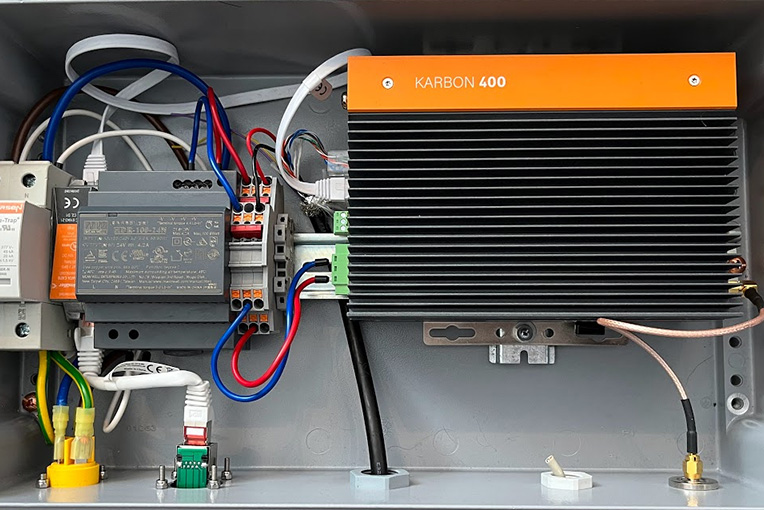
The Flasheye LiDAR Processing Unit (LPU) uses OnLogic's Karbon 400 Rugged Computer to network the various sensors and compare conveyor belt operation to standard models to identify deviations.
“Flasheye’s easy software configuration solution and LPU, based on OnLogic industrial computers, helps our customers get started with 3D LiDAR quickly and affordably, and there is no need for former experience in data processing or LiDAR technologies.”
- Flasheye COO, Ida Rehnström
Flasheye utilized OnLogic's 30 Day risk-free hardware trial program, TryLogic, to validate their hardware solution. The team ultimately chose the OnLogic Karbon 400 Series of rugged computers. The Karbon 400 was ideal for the Flasheye LPU because of its rugged design, small form factor, wide input power range, and advanced Intel Atom® processing.
The resulting solution is ideal for the harsh conditions that mining operations present. Flasheye has even tested the devices above the Arctic Circle to verify resistance to the extreme cold.
“We selected OnLogic as our hardware provider for the Flasheye LPU because of their high quality product, customization capabilities, excellent sales engineering, solid delivery and responsive support. In our time working with them, it's become clear that OnLogic is a brand you can trust.”
- Flasheye CTO, John Carlson
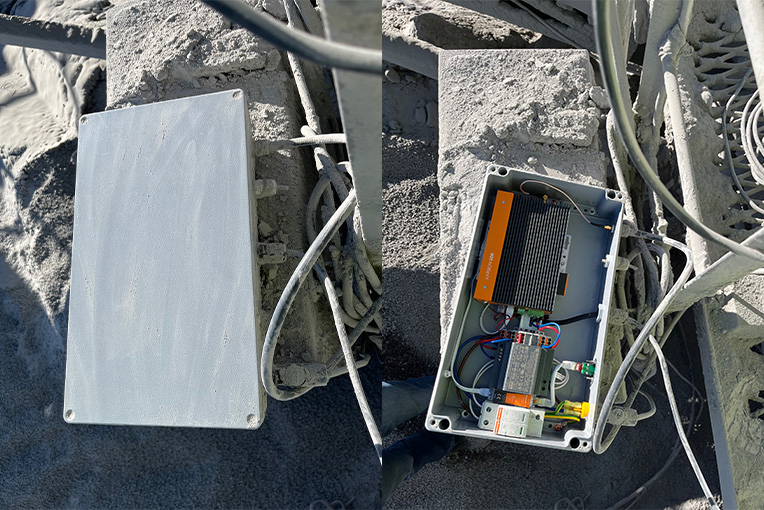
Flasheye's LPU systems are installed in very challenging environments and frequently subjected to extreme temperatures and large quantities of dust and debris.
Using Avassa’s Edge Platform for LiDAR software as-a-service
As Flasheye's customer base grew, they chose to implement our software partner Avassa's Edge Platform to manage the lifecycle of software components running in and near their LiDAR sensors. The Avassa Edge Platform is purpose-built for applications in large-scale, distributed Edge and IoT environments. Flasheye faced challenges in scaling their business due to manual application installation processes, lack of automated update mechanisms, and limited visibility into the operational health of individual customer installations. With the Avassa edge application management and operations platform, FlashEye can efficiently deploy software across their customers' LiDAR-powered environments. This unlocked a shift into a SaaS model which facilitates automated application lifecycle management and enables proactive monitoring, for a robust customer delivery at scale.
This strategic shift reduces overhead and allows Flasheye to allocate less time to delivery and management of applications, and more time to innovation and competitiveness of their core product. Leveraging extensive automation capabilities, Flasheye can streamline their operations and support across their customer base, utilizing multi-tenancy features within a unified platform. Proactive monitoring further enhances their ability to meet strict SLAs by enabling timely alert and action in case of incidents involving LiDARs, before it impacts operations.
What's next for mining technology?
As evidence of the value that technology holds for the mining industry, Flasheye was recently awarded with one of two prizes for "Best Innovative Idea" in Swedish Mining Innovation’s annual idea competition that took place at the Euromine Expo. They intend to use the prize money to continue researching new ways to help their clients operate more efficiently and more safely. To that end, they're currently testing the OnLogic MK200-70 Edge Server for some of their installations. The system features additional LAN expansion, which would accommodate even more LiDAR sensors. Ultimately, Flasheye hopes to help mining companies focus on efficient processing and reduce costly and dangerous downtime across their facilities.

